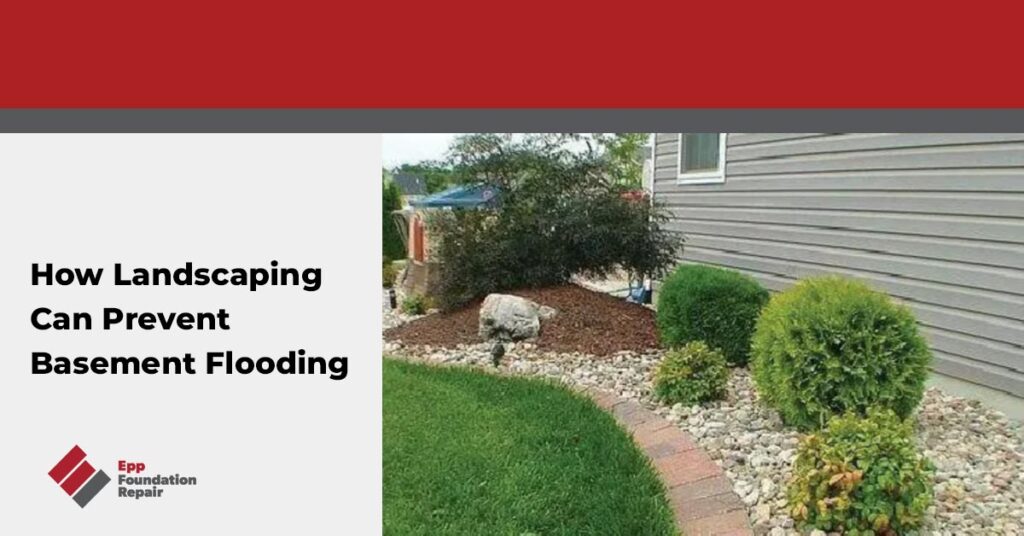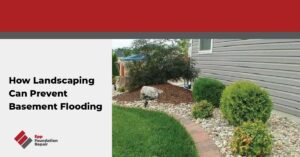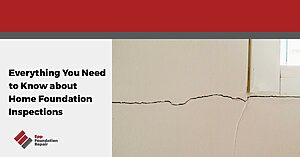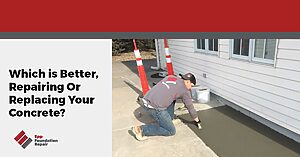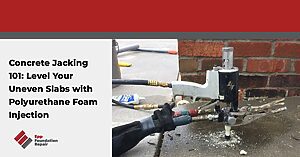One way to prevent basement flooding is to do a little landscaping. Believe it or not, some basement flooding problems may be directly related to the landscaping around your house. If so, you may be able to prevent basement flooding simply by updating your landscaping. We’ve got a few tips on how you can do that, but first, let’s talk about what causes basement flooding.
What causes basement flooding?
The most common causes of basement flooding include,
- Heavy rainfall
- Melting snow or ice
- Drain tile system failure
- Sump pump failure
- Sewer back-up
What do all these have in common? They all cause a large amount of water to suddenly appear in the ground around the foundation. From there, the water gets into the basement via windows, doors, cracks in basement walls, etc.
How to prevent basement flooding during heavy rain
You can prevent basement flooding by making sure that if a large amount of water appears suddenly, it has somewhere to go other than into your basement. You can do this by ensuring there’s good drainage around the foundation. Here are some ways to do that:
- Make sure your yard is graded correctly – A yard that slopes toward your house instead of away from it may lead to basement flooding. You want to ensure water isn’t draining toward the foundation. You also want to make sure there’s no standing water near your home’s foundation. One way to do this is to install a dry creek bed in your yard or landscaping. This will provide an easy path for water to flow away from your home.
- Note where water is coming from – If your basement is flooding during moderate rain storms, find the water source. Your sump pump might be releasing water too close to the foundation.
- Leave a gap between mulching and siding – When you’re adding mulch to your landscaping, be sure to leave a gap between the mulch and the siding on your house. Mulch is typically porous and will soak up moisture. If it touches your siding, it could lead to wood rot over time.
- Direct your downspouts – Your downspouts should channel water away from your house. If your downspout is too short or pointed towards a divot in the yard, water could pool near the foundation. When it rains, go outside to make sure the water from the downspout flows away from your home. If necessary, install a downspout extension.
- Create a grass barrier – Use grass to create a barrier and a path for water to drain.
- Clean your gutters regularly – Clogged gutters can cause water to spill over the side of the house and into the soil around the foundation. From there, it can get into your basement.
- Install a drain tile system – A drain tile system is the best way to ensure excess water can’t build up in the soil around your foundation. For more information, see How Does A Drain Tile System Work?

